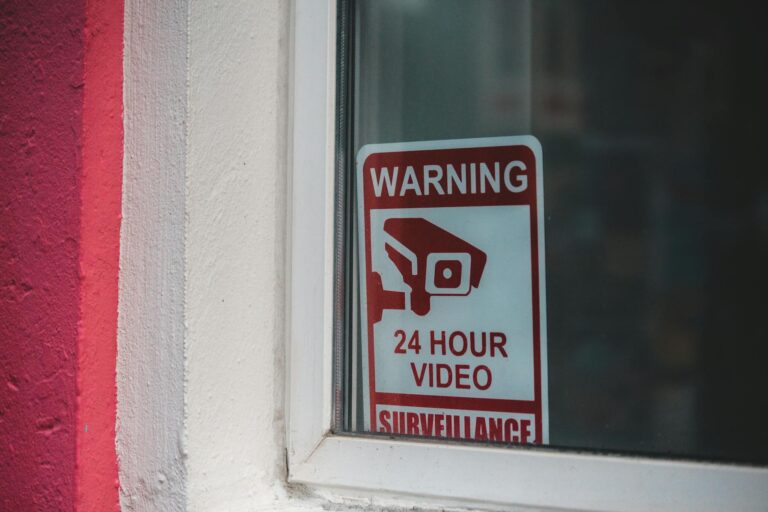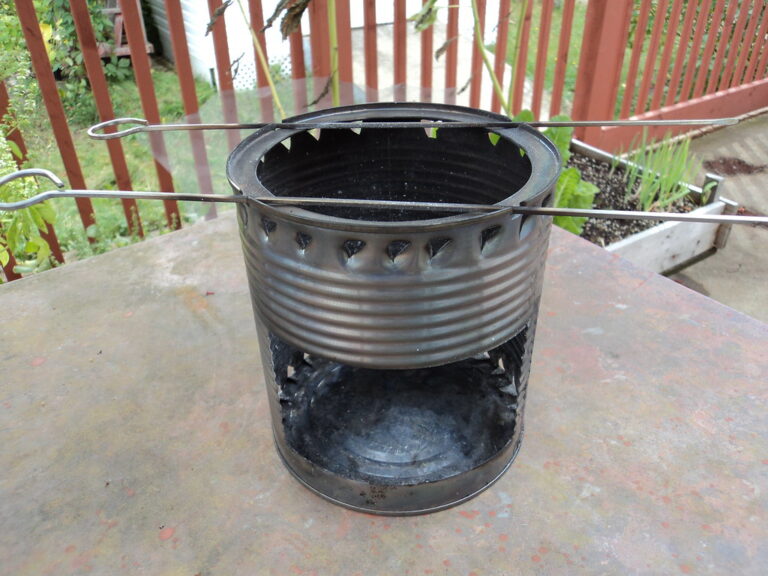When disaster, illness, or global crisis forces you to hunker down at home for weeks—or even months—your house needs to be more than just a shelter. It needs to be a fortress of comfort, safety, and self-reliance. Prepping for long-term isolation isn’t about panic—it’s about planning ahead to keep your household running strong when the outside world shuts down.
Here are 15 smart, realistic ways to prep your home for extended isolation.
1. Stock a Deep Pantry with Shelf-Stable Foods
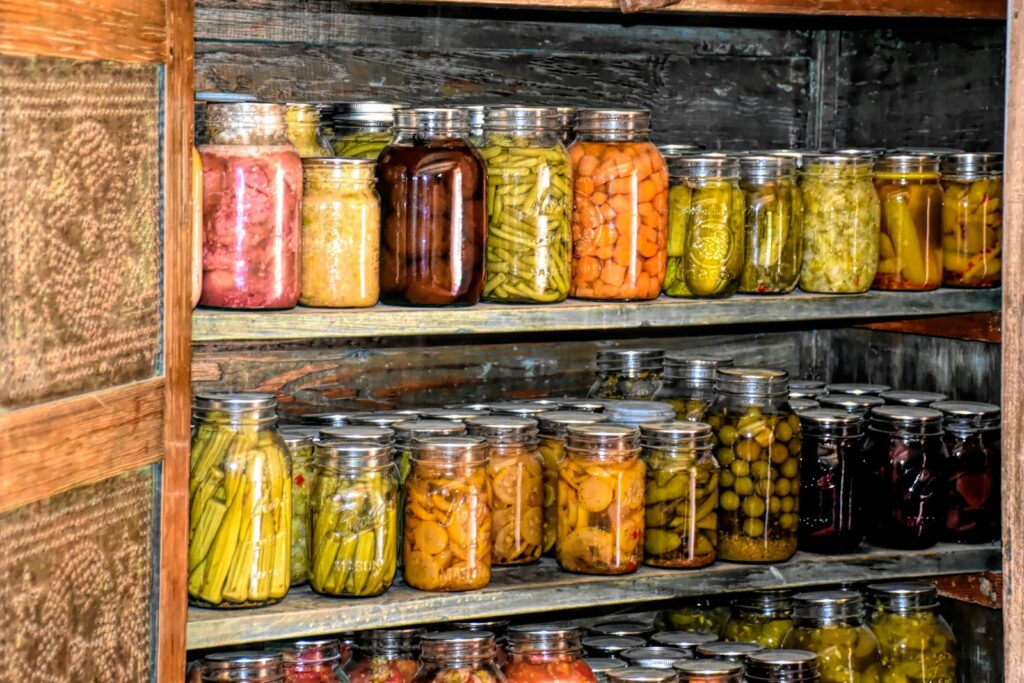
Focus on long-lasting staples: canned meats, rice, beans, oats, pasta, powdered milk, and baking basics. Add flavor boosters like spices, broth cubes, and sauces.
Aim for at least 30–60 days of food. Rotate regularly and “store what you eat, eat what you store.”
2. Create a Water Storage Plan

If water becomes scarce or contaminated, you’ll need a backup. Store bottled water or fill clean containers. Have 1 gallon per person per day—for drinking, cooking, and minimal hygiene.
Add purification tools like filters, tablets, or bleach drops in case you need to treat outside sources.
3. Build an Off-Grid Cooking Setup
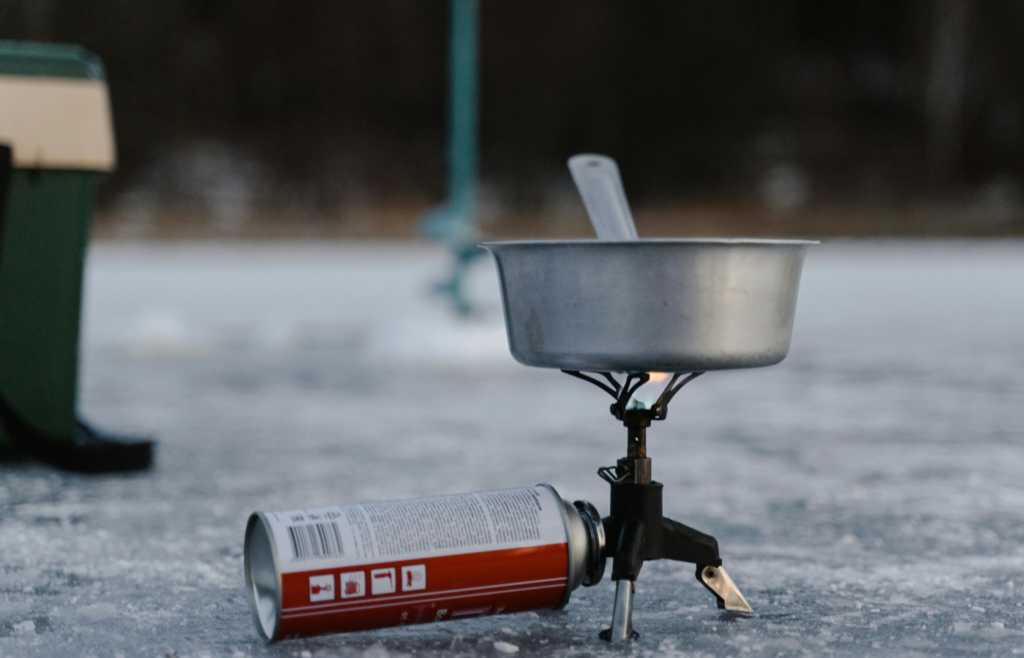
Electric stoves are useless without power. Invest in a camp stove, rocket stove, or solar oven. Stock extra fuel (propane, charcoal, wood) and test your gear before you need it.
Don’t forget manual tools: can opener, cooking pot, utensils, and heatproof gloves.
4. Set Up an Indoor Heating Backup

Long-term isolation could mean power loss in winter. Prep with sleeping bags, wool blankets, thermal wear, and an indoor-safe propane or kerosene heater.
Insulate windows with plastic, hang heavy curtains, and block drafts under doors.
5. Store Hygiene and Sanitation Supplies
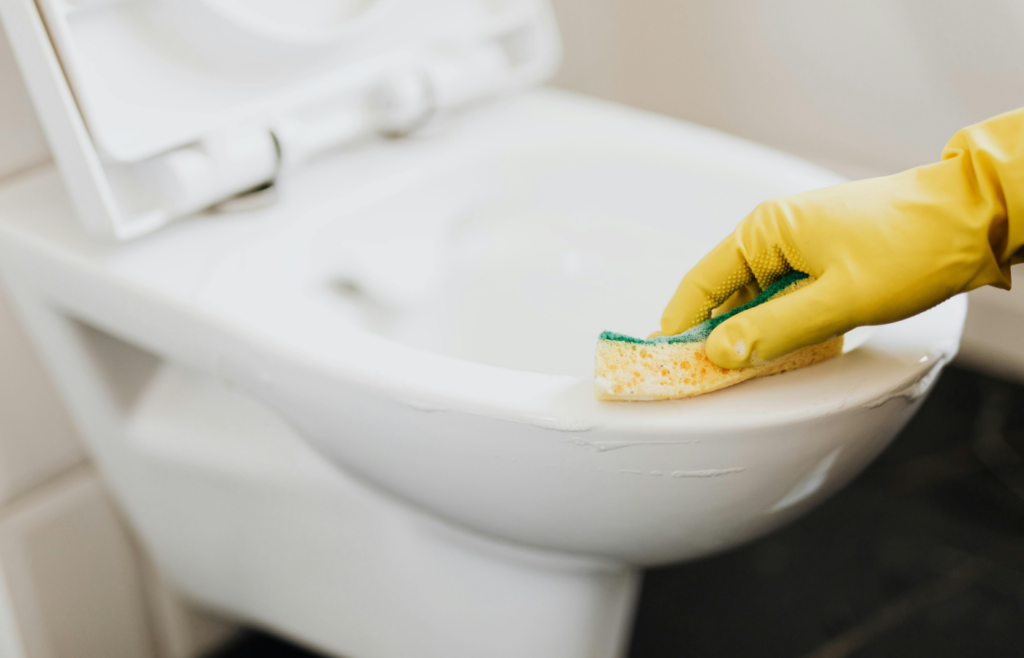
Toilet paper, soap, toothpaste, hand sanitizer, shampoo, trash bags, and feminine hygiene products go fast during isolation. Stock extras of each—plus alternatives like reusable cloths and homemade cleaners.
If plumbing goes out, have a bucket toilet system with bags, kitty litter, and disinfectant ready.
6. Stock Pet Supplies for 30+ Days

Pets need preps, too. Store enough food, litter, medications, and extra water for every animal in your home.
Add a leash, waste bags, and comfort items like blankets or toys. In isolation, they’ll rely on you even more.
7. Create an At-Home First Aid & Medical Station
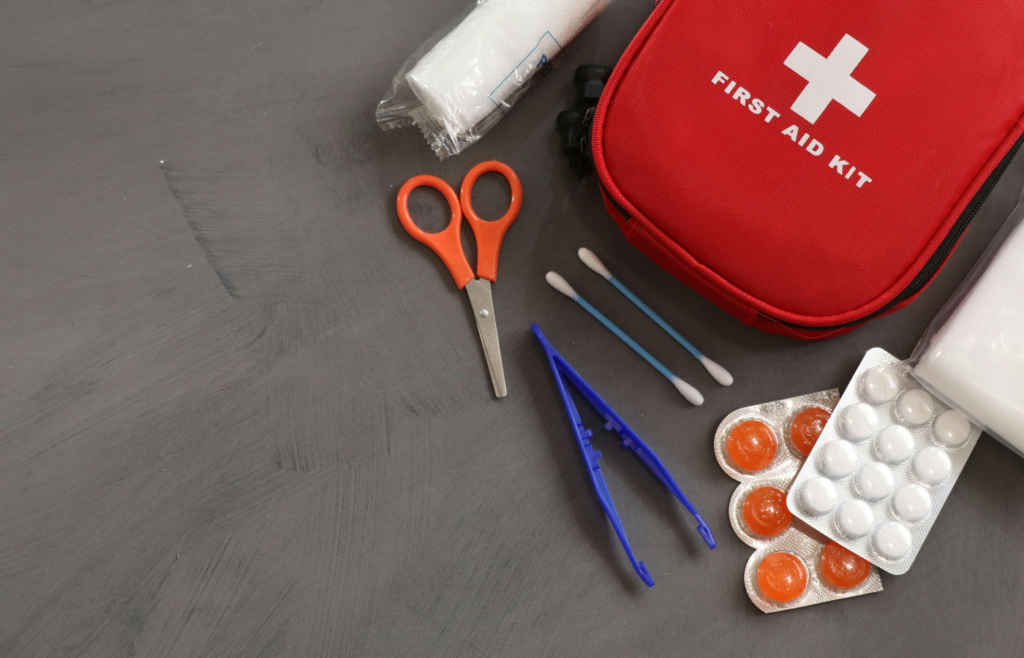
Build a real first aid kit—bandages, gauze, antiseptic, pain relievers, thermometers, gloves, and medical tape. Add cold meds, allergy pills, and any needed prescriptions.
Include a health log, instruction book, and basic home diagnostics like a pulse oximeter or blood pressure cuff.
8. Store Basic Cleaning Supplies
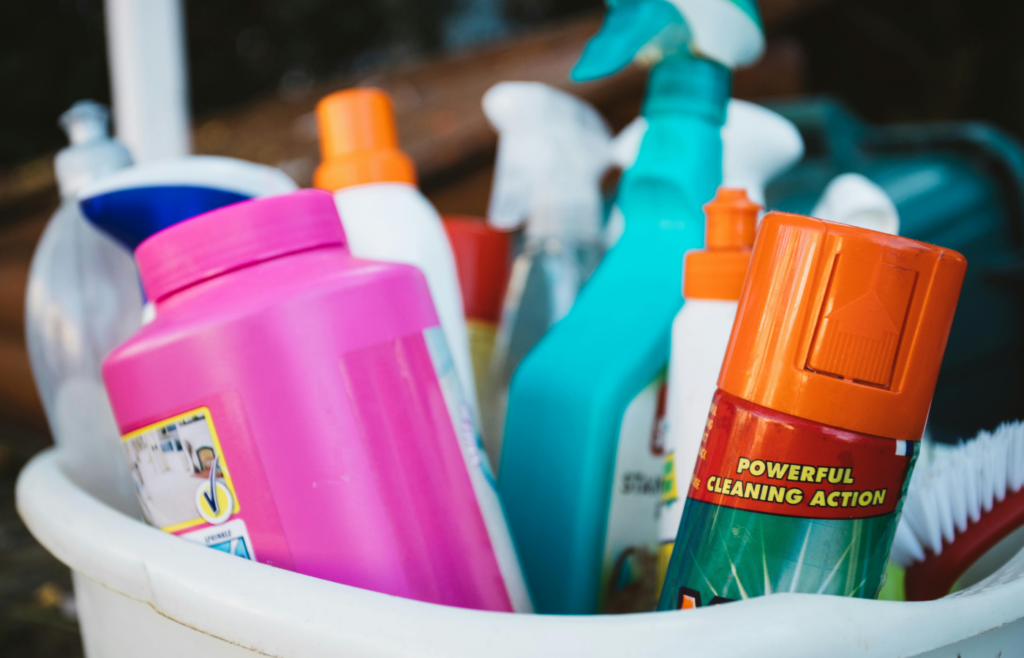
Germs don’t take breaks during disasters. Stock bleach, vinegar, disinfectant spray, gloves, and dish soap. Know how to clean surfaces properly to keep illness from spreading inside your home.
Bonus: learn how to make your own cleaners with vinegar, baking soda, and lemon.
9. Set Up Off-Grid Lighting

You’ll need light when the sun goes down. Keep lanterns, solar lights, candles, flashlights, and headlamps ready. Store extra batteries and charge solar items regularly.
Position lights in key areas—kitchen, bathroom, and sleeping space—for safety and comfort.
10. Establish a Waste Disposal Plan

If garbage pickup stops, waste piles up fast. Store extra trash bags and keep a system for separating food scraps, recycling, and biohazards.
Composting and burn barrels (where allowed) can help reduce waste volume. Keep your environment clean and disease-free.
11. Set Up a Communication Backup Plan

No internet? No problem. Keep a hand-crank or battery-powered radio for news. Write down key contacts in case your phone dies.
Set up family communication plans, even inside the home. Use walkie-talkies or whiteboards for shared updates if needed.
12. Secure Home and Entry Points

Isolation means vulnerability. Reinforce doors, install window locks, and add motion lights or cameras if possible. Keep shades closed and valuables out of sight.
Situational awareness keeps your household secure—and your mind at ease.
13. Make an Indoor Entertainment Kit

Mental health matters. Keep boredom at bay with games, books, puzzles, art supplies, or musical instruments.
Prepare for screen-free fun and family bonding time. It’s survival for the soul.
Read More: Top 15 Wild Effects Volcanic Eruptions Have on the Planet
14. Grow Small-Scale Food Indoors

Even a small food source makes a difference. Start with herbs, lettuce, or sprouting kits in jars. Use grow lights or sunny windows for your mini indoor garden.
It’s not just calories—it’s confidence, nutrition, and a mental boost.
Read More: Top 15 Ways to Purify Water When Clean Water Runs Out
15. Build a Household Routine or Schedule
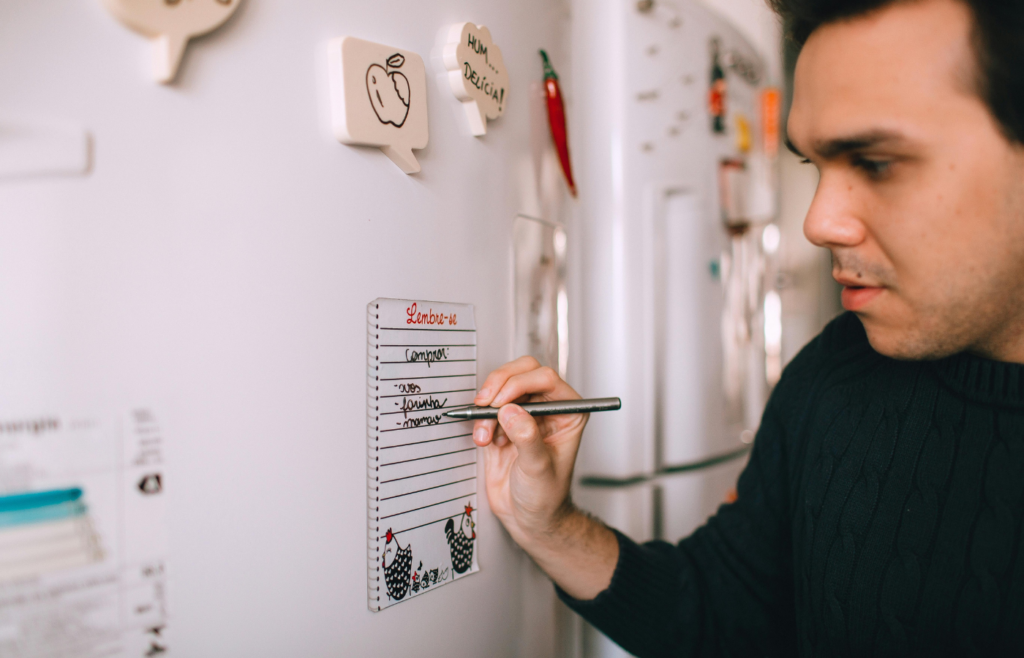
Structure fights stress. Create a daily rhythm—meals, chores, hygiene, rest, entertainment, and exercise.
Everyone functions better with purpose. Routines create normalcy, even when nothing outside feels normal.
Long-term isolation doesn’t have to feel like a sentence. With these 15 low-cost, practical steps, your home can become a place of resilience, comfort, and calm—ready to outlast whatever the world throws your way.
Read More: 10 Coldest Places on Earth That Are Actually Inhabited


